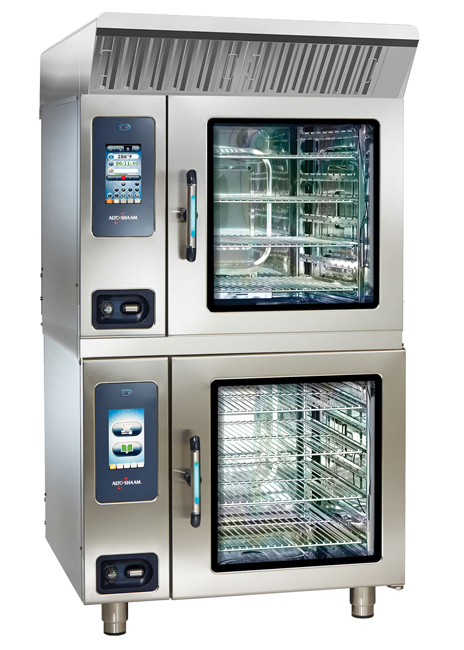When purchasing a commercial fryer, sizing is a key factor, so consider the volume of fried food the operation will prepare. In addition, consider the configuration of the fryer in relation to the menu items the operation will produce as some designs work better with certain foods than others.
Cooking Equipment Guides
Because this equipment is multifunctional and takes the place of many other cooking units, it pays to look at the big picture when factoring in price.
Unlike other cooking equipment, fryers require minimal maintenance. On a daily basis or as necessary, use hot, soapy water or a grease-cutting solution to wipe down units. When necessary, the fryer’s exterior should be wiped down with a stainless-steel polish and a clean cloth. All louvers and vents on high-efficiency fryers with blowers should be kept clean.
Clamshell grills can cut cooking time and labor costs. These units, though, have to be taken care of. Operators must be willing to invest in their cleaning and maintenance to make them last. Here are some tips for keeping clamshells working well:
First and foremost, when it comes to cleaning and maintenance, follow combi manufacturer recommendations. At the very least, rinse this equipment daily and thoroughly clean it once a week following the factory instructions.
Clamshell Grills have long been popular for their quick food production and ease of use. With labor shortages in the foodservice sector, these items are almost certainly growing in importance, as they allow for higher throughput without increasing labor hours.





















